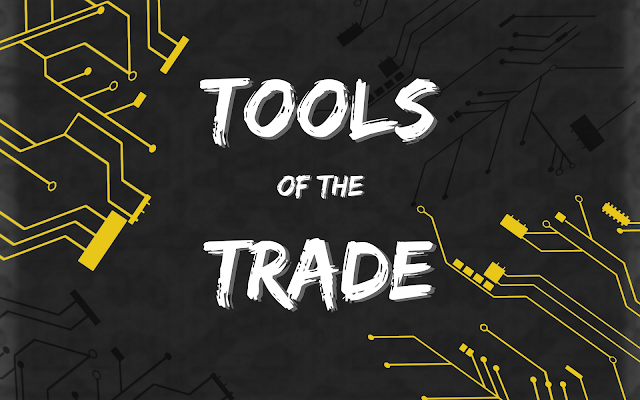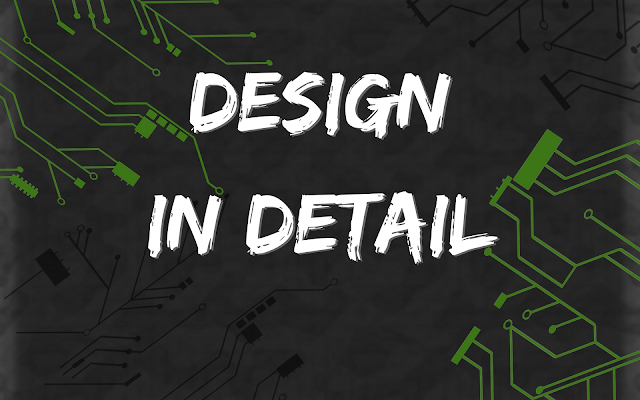Identifying and Managing Stakeholders: Tools of the Trade
This week in Tools of the Trade, we will be discussing project stakeholders - the key people in your company that will help you implement changes or fixes to your processes, programs, or business practices. If you're not sure how to identify the problems that require changes or fixes, be sure to check out our previous Tools of the Trade article, Process Mapping.
What is a stakeholder?
A stakeholder is, simply put, anyone at your company who has a role or a stake in the process you are working on improving or adding. They can be the employees who perform the actual work, employees who are affected by the work once it's done, employees who depend on the results of the work to do their own work, managers who are responsible for the department the work gets done in, and so forth. The stakeholders of your project will be your key allies in figuring out what is causing your problems, deciding how to fix it, and helping you get the job done.
Why are stakeholders important?
In very small companies of 5 or fewer employees, pretty much everyone is going to be a stakeholder in anything you do, because in a company of that size, everyone's work overlaps and depends on each other in some way. And obviously, if you are a single employee company, none of this is relevant to you, as you're the only stakeholder - everything is up to you! But in a larger organization, identifying who your stakeholders are and determining how much involvement and communication they require in any given project is a vital step on the road to success.
Just because you're the owner of your company, doesn't necessarily mean you know how everything works and how the day to day tasks get done. Your stakeholders will be key assets in making sure you have all the information you need to make smart decisions, and their active cooperation and buy-in on the change process will be critical to ensuring you are able to improve your problem areas. If you fail to convince them the change is necessary, or fail to identify obstacles in their way, they can actually make the problem worse - many people are resistant to change by nature, especially when it comes to technology. Actively involving your stakeholders in the process improvement will help to convince them of its value, and greatly improve your chances of making positive change.
Sounds good... how do I do it?
There are two primary methods to classify or categorize stakeholders: the Stakeholder Matrix, and the Responsibility Assignment Matrix (also sometimes called a RACI Chart - you'll see why in a moment).
Stakeholder Matrix
A Stakeholder Matrix is a quick and simple way to identify the key people in your project, as well as determine their level of involvement in the project, the amount of influence they will have, and the amount of attention they will require from the person managing the project. The matrix is usually mapped out as follows:
As you can see, for each person involved in the project (or the process / task you are trying to improve), you will use this simple chart to determine how to handle them, based on their level of power in the company or the specific area you're working to improve, and on their level of interest in the changes (or how much the changes affect them). People who do not have power or influence in the company, and who are not heavily affected by the changes you will be making, require minimal effort and involvement in your efforts. On the other hand, influential people who are heavily affected or highly interested in the upcoming changes will be your key players, your major stakeholders, and you will have to involve them in the research, decision making, and implementation processes.
Responsibility Assignment Matrix
This tool is more commonly called a RACI chart, which stands for "Responsible, Accountable, Consulted, Informed." A RACI is a more in-depth tool used to describe the roles and responsibilities of the stakeholders in a business or project activity, in terms of producing your final results. The four roles in a RACI chart are defined as:
Responsible: those who undertake the activity, or perform the actual work being modified
Accountable: those who take the credit for success or accountability for failure of the work (such as a department manager)
Consulted: those whose opinions are sought in the research and decision-making processes
Informed: those who are kept advised of progress but have no active influence on the project
As you can imagine, a RACI can get very complicated depending on the number of employees in your organization and their different levels of involvement. The more complex your organization is, however, the more useful it is to use a RACI to help you map out your stakeholders and figure out what to do with them. Here is a sample chart from a typical organization:
Basically, the goal of a RACI is to help you determine who your stakeholders are and who your key players will be. The employees doing the actual work (your Responsibles) in particular will be important - you will need their input to make sure you understand the process fully, to make sure you don't miss any important steps while designing your solution, and you'll need their buy-in on the final solution to ensure they are comfortable with the new process. The accountable people will also be actively involved in your solution, as failure to complete the tasks properly will ultimately fall on their shoulders if the change process does not go well or you miss something important. The people you consult with may be subject matter experts, people who have past experience with the task, or people from other departments who depend on the results of the task whose opinions may also be valuable in making the correct decisions. People who are interested in the results (or affected by them) but do not have any influence in the decision making process are the ones who you will keep Informed, but who will not be actively involved in the project.
What's Next?
So far on Tools of the Trade, we've talked about how to use Process Mapping to help you identify problem areas in your organization, and how to identify and classify the stakeholders who you'll work with to make changes or add new tasks to your organization to improve those problem areas. Now that we know what we need to do, and who we'll be working with, the next step is to start planning out a solution to our problem. Next week on Tools of the Trade, we'll be discussing a few methods to help you design a solution and start implementing it. Be sure to check it out! New articles in the series are posted every Thursday.
If you have more questions about stakeholders, or suggestions for a new article you'd like, be sure to leave a comment, or visit my Facebook page. Thanks for reading!






Comments
Post a Comment